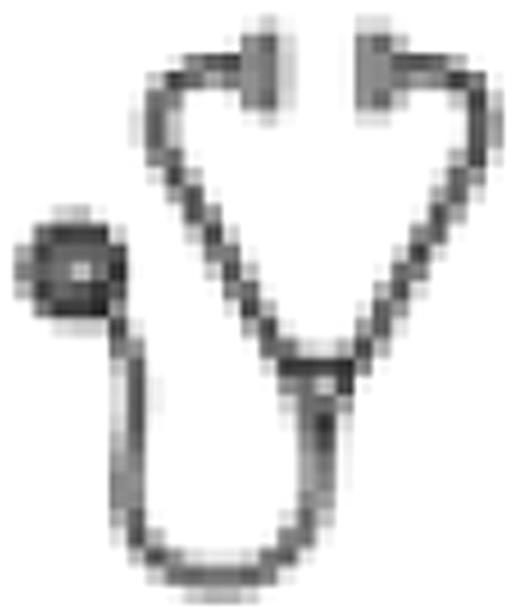Abstract
Abstract 1197
Over the past fifteen years FISH has considerably improved our ability to reveal consistent chromosomal changes in M-GUS, MM and plasma cell leukaemia (PCL), providing evidence of common genetic disease mechanisms and parameters to guide therapeutic decisions. In contrast, this information is still limited in AL due to the rarity of the disease, the low burden and the low proliferative index of clonal PCs. However, recent studies have suggested that in AL FISH, either combined with cytoplasmic staining of specific IgL (cIg-FISH) or performed on immuno-selected PCs, can reveal aneuploidies and translocations involving the immunoglobulin heavy chain locus (IGH). Based on these data we applied FISH to study 41 consecutive AL patients in order to establish the incidence of chromosomal abnormalities and their possible correlation with clinical parameters and outcome. In addition, since in every patient FISH was carried out on immuno-selected and immuno-stained PCs a comparison between these two FISH methods ((iFISH and cIg-FISH respectively) was made. The diagnosis of primary AL was based on the demonstration of amyloid deposits in tissues and organs, the identification of a monoclonal protein in serum or urine, the predominance of a monoclonal k or λ plasma cell population in the bone marrow. iFISH and cIg-FISH were carried out with the FGFR3/IGH [t(4;14)] dual color dual fusion, the CCND1/IGH [t(11;14)] dual color dual fusion, the IgH/c-MAF [t(14;16)] dual color dual fusion, the CEP7, the CEP9, the LSI D13S319+LSI 13q34, the LSI ATM+CEP11, the LSI p53+CEP17 probes (Vysis, Downers Grove, IL, USA) and with the ON MM 1q21/8p21.1 and the 4q21 tricolor probes (Kreated, Amsterdam, The Netherlands). Probes cut-off values were calculated by applying a one tail binomial distribution with a 95% confidence interval to the results obtained from the analysis of 1500 nuclei from five normal controls. For monosomies cut-off values were fixed at 8.3%, for trisomies at 3%, for translocations at 10%. The Mann Whitney U test and the Fisher exact test were used to make statistical comparisons. A 2-sided p-value <0.05 was considered statistically significant. Karyotype defects had an incidence of 87.8% on iFISH and of 80.4% on cIg-FISH. An insufficient PCs number in cytospin preparation was the major drawback of cIg-FISH. However, the two FISH approaches revealed similar percentages of abnormal cells. IGH rearrangements were the most frequent karyotype alterations and their incidence was 51.2%. The CCND1 locus was the most common IGH partner being involved in 41.5% of patients and was followed by the c-MAF locus involved in two patients (4.8%). No patient with the t(11;14) translocation presented a FISH pattern suggestive of a 11q13 (CCND1 locus) gain which, instead, was observed in ten t(11;14) negative patients. Monosomy 13/13q deletion and 1q21 amplification were revealed in 34.1% and 31.7% of patients respectively. Hyperdiploidy had a frequency of 24.4%. The t(11;14) was rare in patients with major peripheral nervous system involvement (p=0.027) and was not correlated with cardiac involvement (p=0.5). Moreover, t(11;14) positive patients presented a median bone marrow PCs percentage similar to that of patients with amp1q21 and higher than that of 13q-/-13 patients. No defect correlated with an increased bone marrow PCs infiltration. In conclusion: i) iFISH and cIg-FISH provided very similar results; ii) chromosomal defects had an incidence of 80–88%; iii) the t(11;14) was significantly correlated with absence of peripheral nervous system involvement; iv) no chromosomal defect was associated with a significant increase of median BM PCs infiltration. Our data confirm the relevant role of CCDN1 in AL pathogenesis.
Merlini:Millennium: Honoraria; Ortho-Biotech: Honoraria.

This icon denotes an abstract that is clinically relevant.
Author notes
Asterisk with author names denotes non-ASH members.

